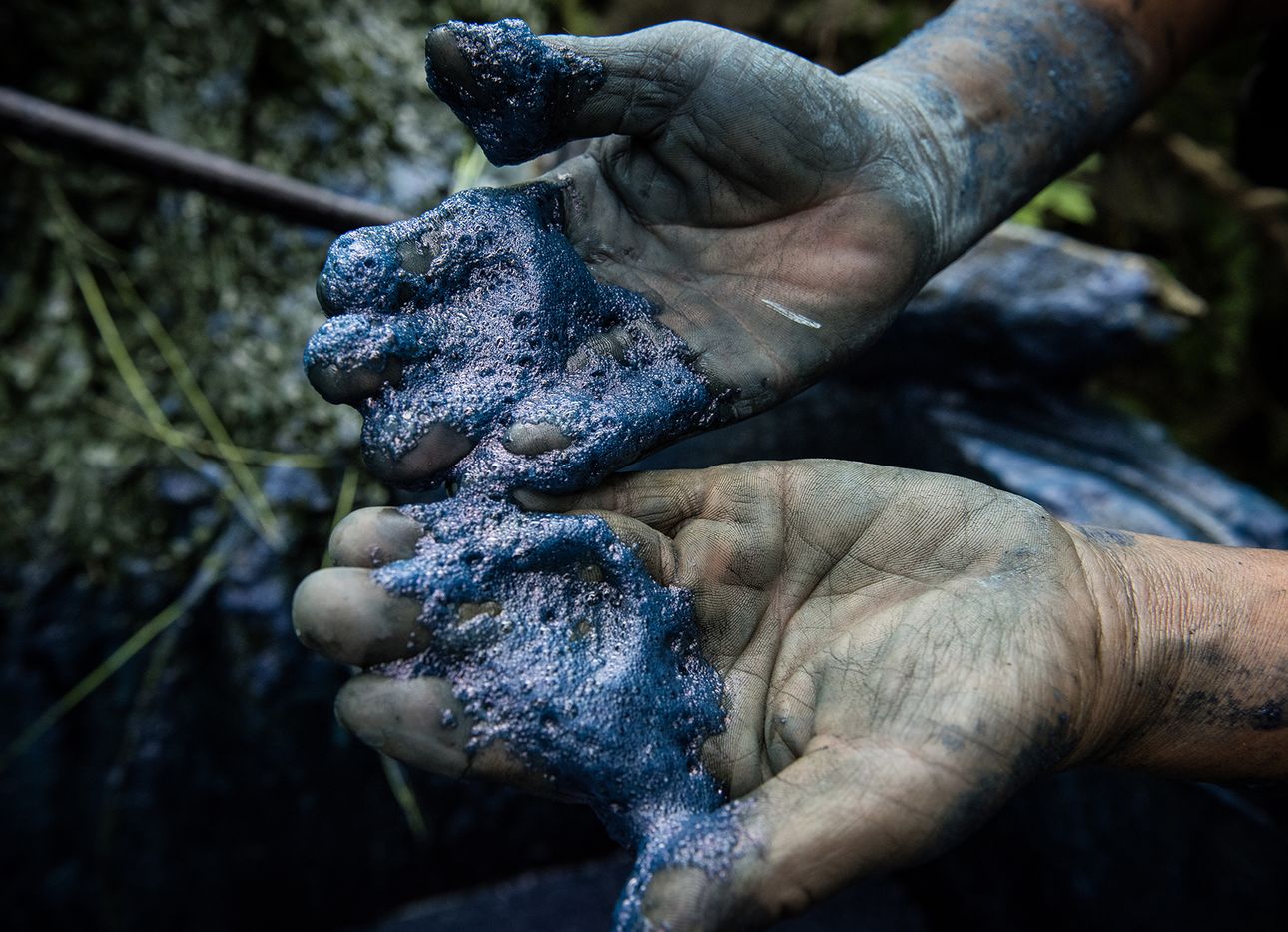
How Kilomet109 Is Preserving Vietnam's Rich Fashion and Textile Heritage
Fashion brand Kilomet109, headquartered in Vietnam’s capital of Hanoi, is reviving the country’s textile traditions with each piece in its men’s and womenswear collections. Manufactured in collaboration with regional artisans from five ethnic minority tribes, the hand-sewn garments are made of fabric created from organic fibers, which are grown, spun, woven, and dyed in and around the company’s studio. We recently spoke with the label’s founder, Thao Vu, about what indigo paste feels like, the centuries-old weaving tools her artisans employ, and how her enterprise is expanding local economies.
What inspired Kilomet109?
The idea began when I approached some Nùng An artisans, [members of] an ethnic minority group from Cao Bằng province—located close to the China border—at a Hanoi textile festival in 2009. The traditional costumes they create and wear are quiet, understated, and simple, and the indigo shade they make [for them] is so deep and different. It caught my eye.
I asked if they’d like to do some experiments with me, and they invited me to visit with them in Cao Bằng. I had just graduated from Hanoi’s London College for Design and Fashion, and decided to make the eight-hour trek up there. I spent the first few days getting to know eighteen women, and learning whose house was whose. Then we started making different shades of indigo, like sky blue, stone gray, and teal green. Even though they’re indigo-dye masters, this was their first time creating these shades. It was also the first time I touched an indigo vine, made dye, and dipped fabric into it. The colors we created on that trip were beautiful. And the texture and feel of the indigo dye paste was so interesting—similar to baba ganoush, or a thick yogurt. From that point on, I was hooked!
How has working with you affected the artisans’ lives and communities since then?
It’s changed the local economy. Some of the women used to have to go to the market and sell fruit, sweet potatoes, rice, and corn. They made [practically] nothing, and didn’t have enough money to pay for their kids’ schooling. Now, their children can go to college and university—and not just in their area, but in Hanoi and other big cities, to study further.
Also, the artisans can afford to buy more tools—not necessarily for weaving, but to help them cut rice during harvesting time, or motorbikes to help them to carry crops up and down the mountains and hills, instead of using a cow or water buffalo.
The artisans’ expertise is applied to every step of your manufacturing process. Tell me about that.
It begins with seed planting and includes cultivation, fabric weaving, and natural dyeing, and continues all the way to designing and sewing the clothes. In each step, we use traditional tools and follow age-old methods. We plant everything ourselves: hemp, cotton, indigo. And we raise our own silkworms by planting mulberry plants to feed them.
What traditional tools are used to make the garments?
To make hemp yarn, the Nùng An have a back-strap loom that requires their hands and feet to operate. The artisans’ homes are also tools for weaving: In their stilt houses, made of wood, straw, hay, and bamboo, there are wood posts throughout that hold the roofs [in place]. They use these posts for stretching the yarn before weaving it. Because you can’t do it alone, four women come together to create the fabric: one holds the thread, the other one counts how many meters they’re going to make, another wraps it around the poles, and another serves as quality control. It looks like a massive spider web of yarn. They’ve been making textiles like this for centuries.